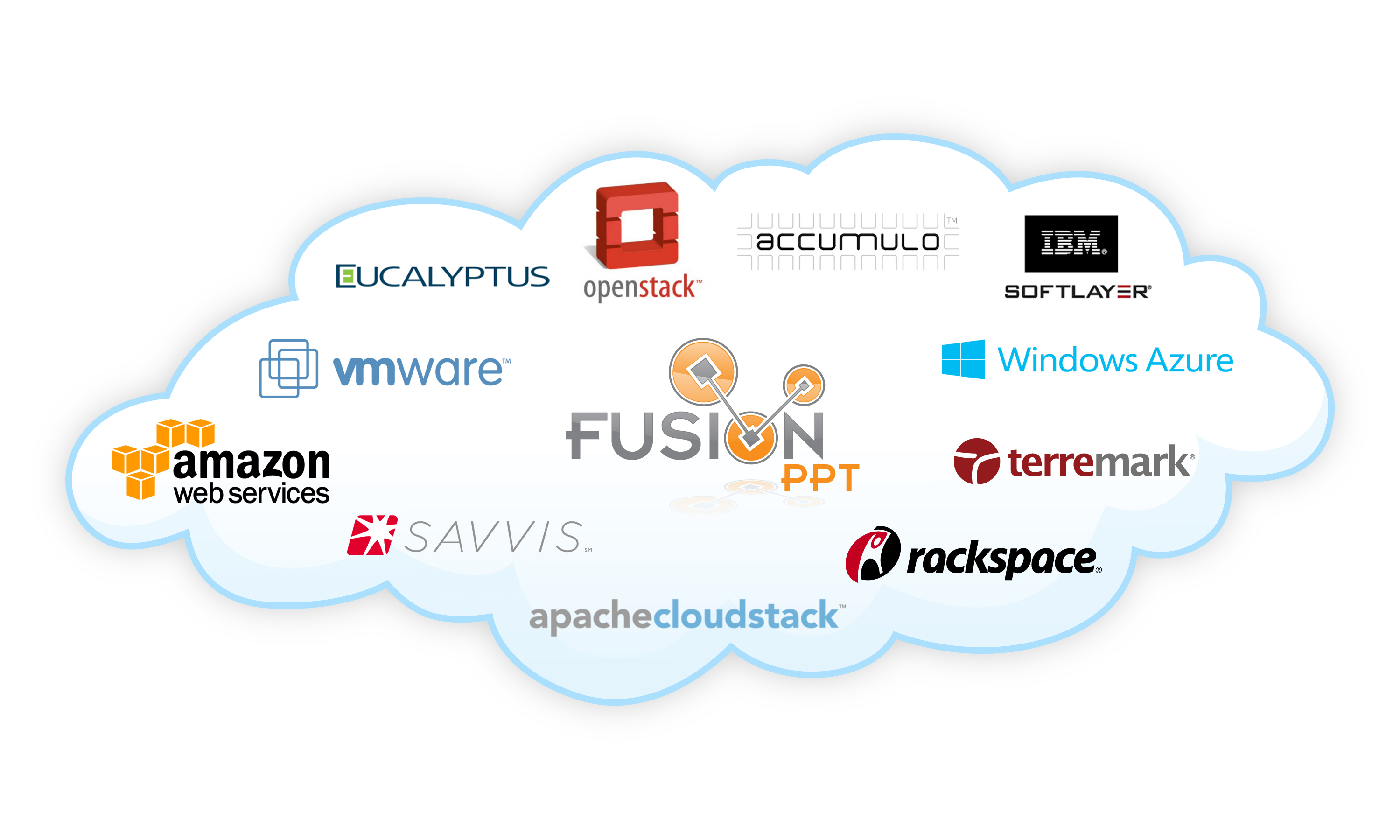Network Admins Are Bracing Themselves
The NCAA Tournament is once again captivating audiences of American sports fans - including those who are at work. While March Madness continues to attract massive television audiences each year, they have increasingly sophisticated live streaming and mobile viewing options which are bringing in even more viewers - including office workers that don't have access to a television. Last year, 80.7 million live streams and 17.8 hours of live video were consumed during the tournament, a 17 percent increase over 2014. And when fans weren't watching, they were sharing clips and talking about the games on social media. The tournament posted a record 350 million total social impressions on Facebook and Twitter, a 45 percent increase over 2014.
IT departments have certainly taken notice of this trend. Last year, we surveyed our customers after the opening round of games and discovered that 77 percent of respondents reported higher network traffic levels during workday when NCAA Tournament games were taking place, with 25 percent stating that their organization blocks live streaming on the network. This year, we decided to ask our customers how they were preparing for the tournament ahead of time, and the numbers show that March Madness is top of mind. Our poll of 229 customers, conducted through direct email and social media, revealed that 86 percent of respondents believe that a high number of users streaming NCAA Tournament games could have a severe impact on their network. A nearly unanimous group, 94 percent, expected network traffic/utilization levels to be higher during tournament games that take place during the work day.
In a departure from last year's results, 87 percent of respondents stated that their company will, as a matter of policy, block access to live streaming on the network. That is a massive increase from the 25 percent that reported having done so last year, and suggests that IT departments are becoming more sensitive to live streaming and mobile usage in the workplace. A majority of respondents expect similar levels of disruption from the upcoming Olympics - another massively popular sporting event that often takes place during work hours in many countries.
While IT can do its best to block live streaming, there are other approaches that can help alleviate this problem. Here are a few tips from Paessler on how to calm the madness in your network:
- Clearly communicate IT policies: Many employees simply may not understand just how much trouble unsanctioned live streaming can cause. Be clear with your employees about the issue at hand ahead of time and let them know about expected protocol and behavior.
- Set up a separate WiFi network for mobile devices: Rather than attempt to stop streaming altogether, which is a tall order, it might be simpler to sanction limited streaming on mobile devices over a WiFi network that is separated out from production networks.
- Allow viewing in common areas: As a matter of HR policy, one way to ensure no one is streaming is to allow viewing in large common areas. Bring a TV into the break room or set up a projector and allow employees to work while the games are shown from one central location.
- Monitor network traffic closely, and set more stringent alerts: Be prepared for anything on game days, and set up specific alerts to set off alarm bells at the first sign of trouble.

If there is a silver lining for IT departments, it's that March Madness only lasts one month out of the year!
